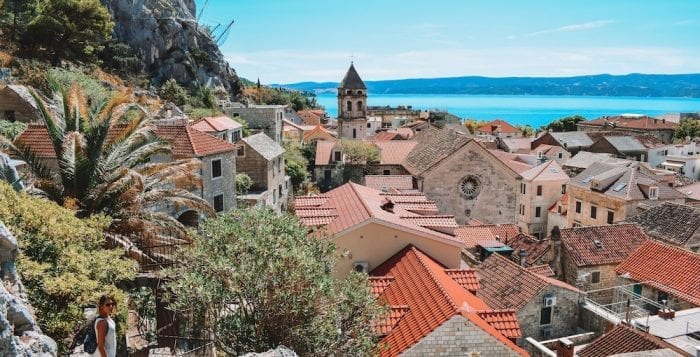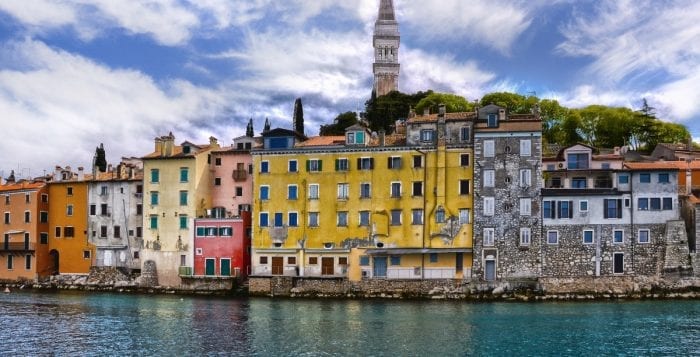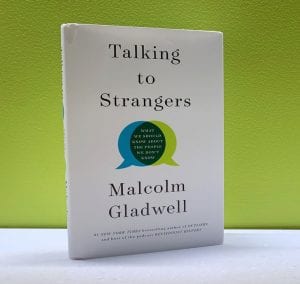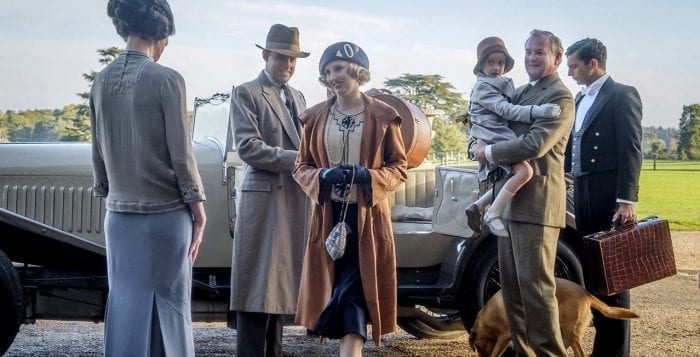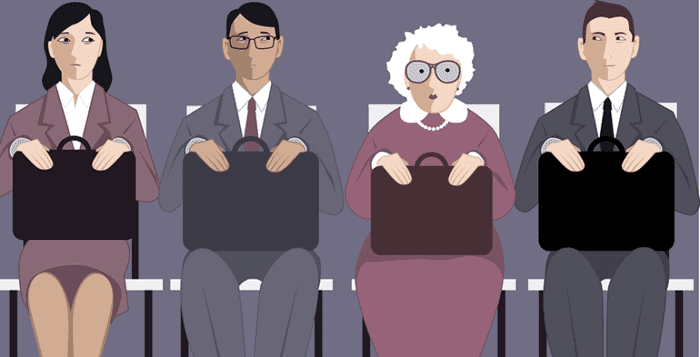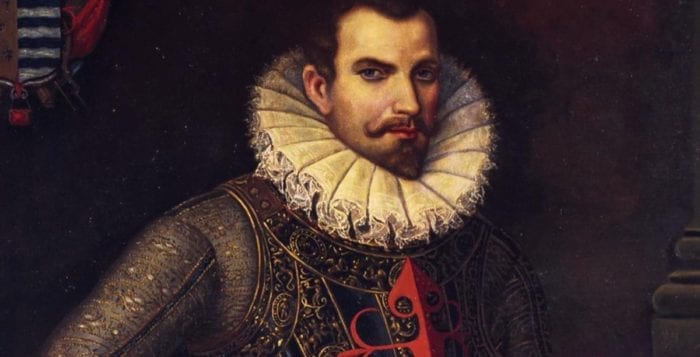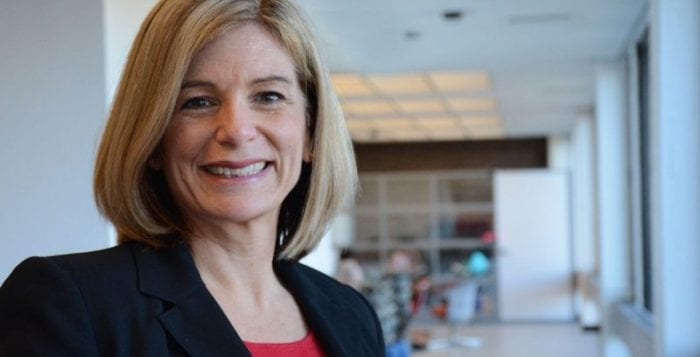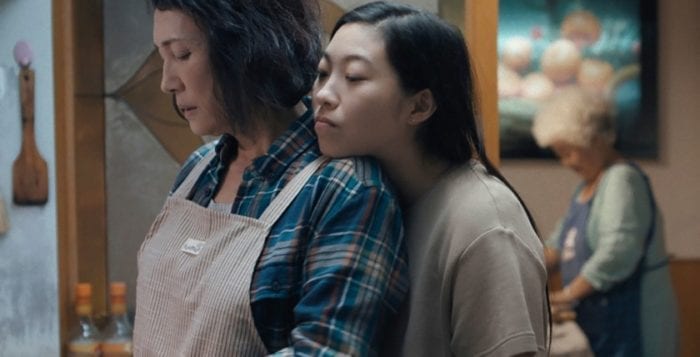By Leah S. Dunaief

Three active volcanoes marked our trip across the Adriatic and then up the Italian coast: Vesuvius, Etna and Stromboli. Mount Vesuvius famously erupted in 79 A.D. and buried at least a thousand people under almost 20 feet of volcanic ash in the towns of Pompeii and Herculaneum. Mount Vesuvius is regarded as one of the most dangerous volcanoes today because it has the potential to wipe out more than 3 million people in the nearby city of Naples and is under 24-hour surveillance. Two of the planet’s tectonic plates are crashing into each other beneath the Earth’s surface, which causes the eruptions. While there were lots of signs that the volcano was about to erupt at that ancient time, not everyone fled. Yet most of the cities’ inhabitants of some 20,000 did flee, to survive and resettle up and down the coast.
Mount Etna is on the east coast of Sicily, between the cities of Catania and Messina. Stromboli is on the small Sicilian island of the same name and is one of the most active on the planet, erupting almost continuously since 1932. We left our dinner halfway through and watched in fascination from the port side of the ship, on our way through the Strait of Messina, as its high intensity fiery plumes shot up into the night sky. Each glowing emission brought an awed chorus from the passengers. The strait’s reputed treacherous conditions may have been the inspiration for the Greek myth of the two sea monsters, Scylla and Charybdis, that gave so much trouble to Odysseus on his way home from the Trojan War.
For us it was as calm as a lake.
We did spend an afternoon in Sicily and enjoyed the magnificent views from touristy Taormina and Castelmola, the village even higher up the mountain. Souvenir shops were crowded into the narrow, crooked streets, selling everything from ceramic artifacts and tiles to “The Godfather” T-shirts. Our fantastic luck with the weather continued. The days were sunny and in the 70s.
The next stop, on the west side of the Italian peninsula was Sorrento, facing the Bay of Naples, with more glorious jewel-like views from the top of the cliffs. The Italian towns offered a faster pace and more tourists than those on the Dalmatian Coast. And the seafood was more expensive. We were decidedly now in Italy.
Taking a bus from the port, we rode over the mountains to the fabled Amalfi Coast, where we ate lunch. No matter how many times one might visit this 60-mile stretch of mountainous coastline, the clear blue water and pastel fishing boats, like toys in the sea way below, seductively draw one back for yet another visit. The crowds of whitewashed houses, terraced up the sides of the mountains, the hairpin turns of the coast road that I would never dream of driving on because I would fall off the mountain as I was drinking in the sights, the crooked streets and cantilevered stairways overhanging the gigantic rocks. The place is better than any postcard. We spent a couple of hours in the town of Amalfi, where we exclaimed over the size of the lemons and drank the freshly squeezed lemonade.
All too soon, we had to dash back to catch the tender that returned us to the ship, and we were off to Rome, our final destination. The city is not on the coast, and so we disembarked from the tidy cruise-and-sailing ship and rode the hour-and-a-half trip to the capital of Italy. Rome is one of the oldest cities on Earth that has been populated for about 30 centuries, and one could spend endless days viewing everything from ancient ruins to the Vatican, soaking up the history, art and architecture. But, alas, we had no more time left on our vacation, and managed to enjoy one more bowl of pasta followed by one last round of gelato before we took off from Leonardo da Vinci-Fiumicino Airport for home.
Ciao Bella!


